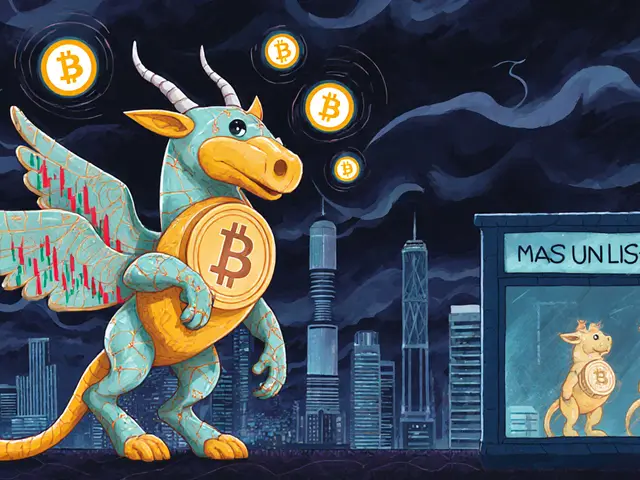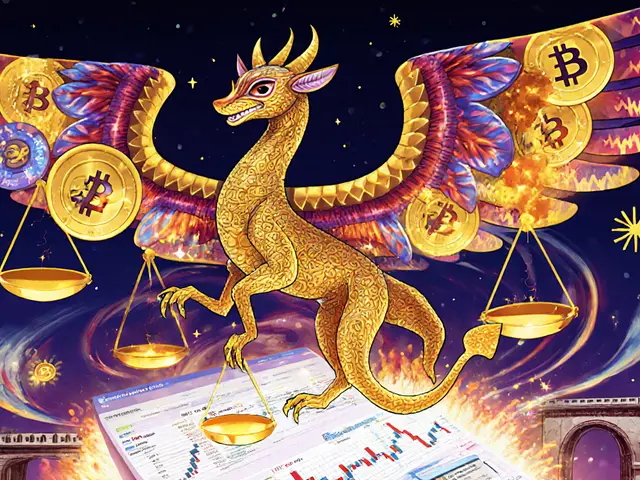MiCA Regulations: What They Mean for Crypto Users and Exchanges
When you hear MiCA regulations, the Markets in Crypto-Assets Regulation, a comprehensive EU framework that sets rules for crypto assets, issuers, and service providers. Also known as EU crypto law, it’s the first major attempt to bring clarity to a space that’s been mostly unregulated. Before MiCA, crypto firms in Europe operated in a patchwork of national rules — some countries welcomed them, others blocked them. Now, if a crypto company wants to operate across the EU, it must follow one set of rules. That’s a big deal.
MiCA doesn’t just target big exchanges like Binance or Kraken. It also covers stablecoins, tokenized assets, and even meme coins if they’re offered to the public. If a project wants to launch a new token in the EU, it must publish a detailed whitepaper, prove it has enough reserves, and show how it plans to protect users. That’s why you’ve seen projects like Franklin (FLY), a dormant ERC-20 token with no active team or trading volume, disappear from EU-facing platforms — they can’t meet the transparency requirements. Even veDAO (WEVE), a non-existent crypto project that turned out to be a scam, would be flagged under MiCA’s anti-fraud rules. The regulation doesn’t just punish bad actors — it forces everyone to prove they’re real.
For exchanges, MiCA means stricter licensing, better KYC, and full disclosure of fees and risks. Platforms like GroveX, a no-KYC exchange with low fees but no regulation, can’t legally serve EU customers anymore. Meanwhile, regulated exchanges like KoinBX, a licensed Indian exchange with FIU-IND registration — while not in the EU — now look more trustworthy because they follow similar rules. MiCA is raising the bar globally. Even if you’re not in Europe, if you trade on a platform that serves EU users, you’re affected.
And it’s not just about compliance — it’s about trust. MiCA requires crypto firms to explain how their tech works, what happens if things go wrong, and who’s responsible. That’s why posts about crypto mixers like Tornado Cash, blockchain voting, and hardware wallets still matter. MiCA doesn’t ban privacy tools outright, but it forces platforms to monitor for abuse. If you use a wallet like Ledger or Trezor, you’re still safe — MiCA targets service providers, not users. But if you’re trading on a shady DEX with no transparency, you’re now in a much riskier spot.
What you’ll find below are real-world examples of how MiCA is reshaping crypto — from dead tokens that vanished under scrutiny, to exchanges that adapted, to users who learned the hard way that regulation isn’t the enemy — ignorance is.










